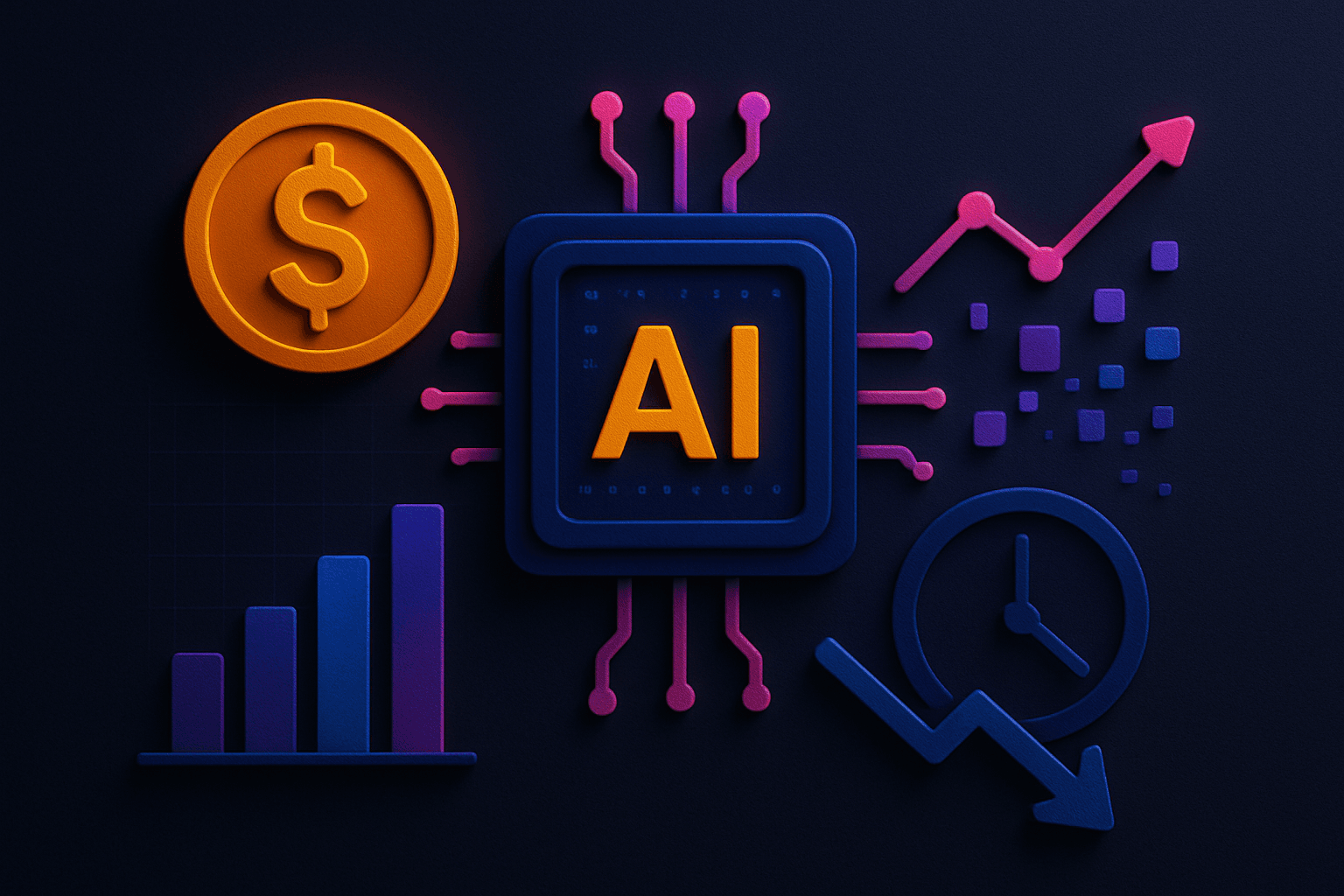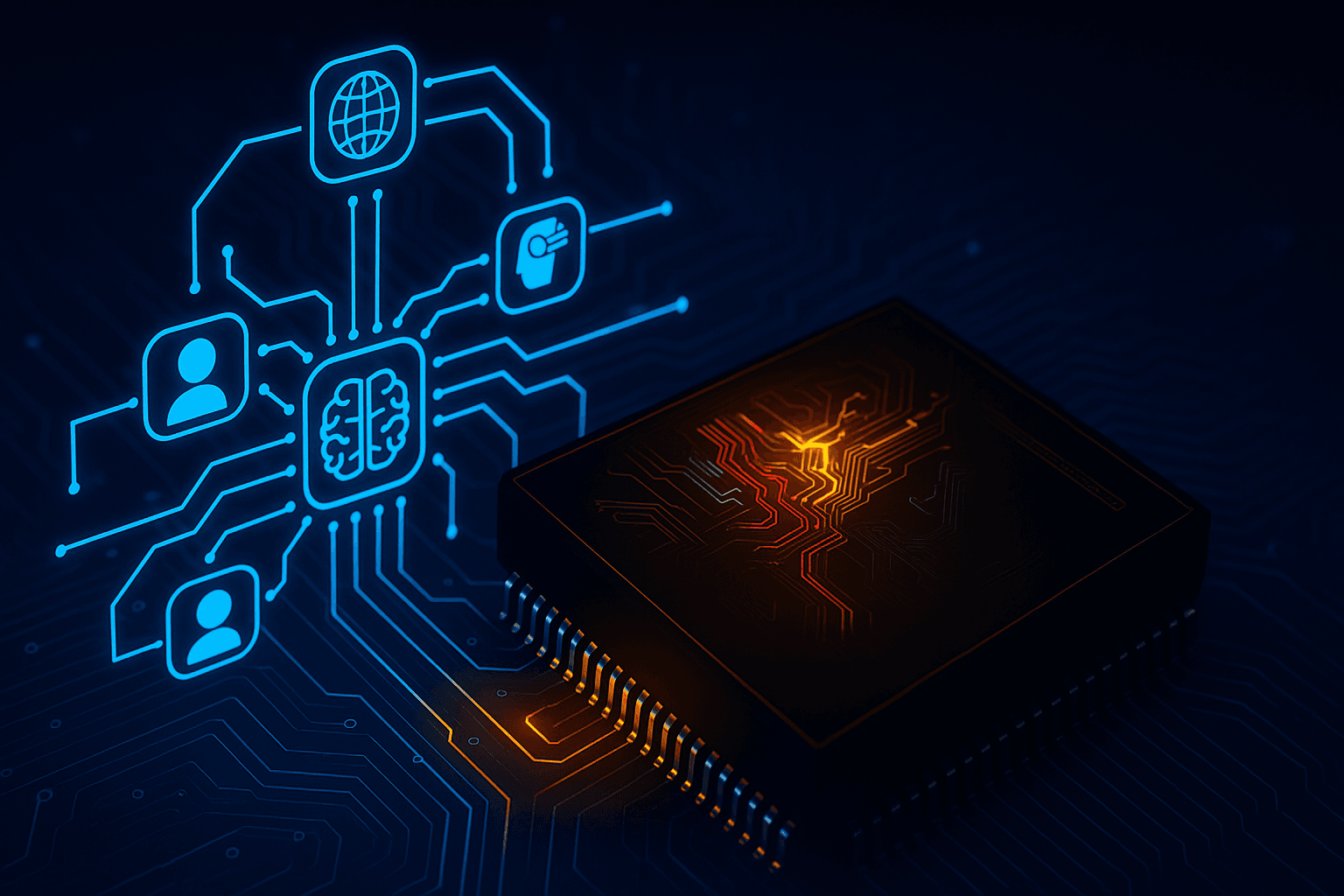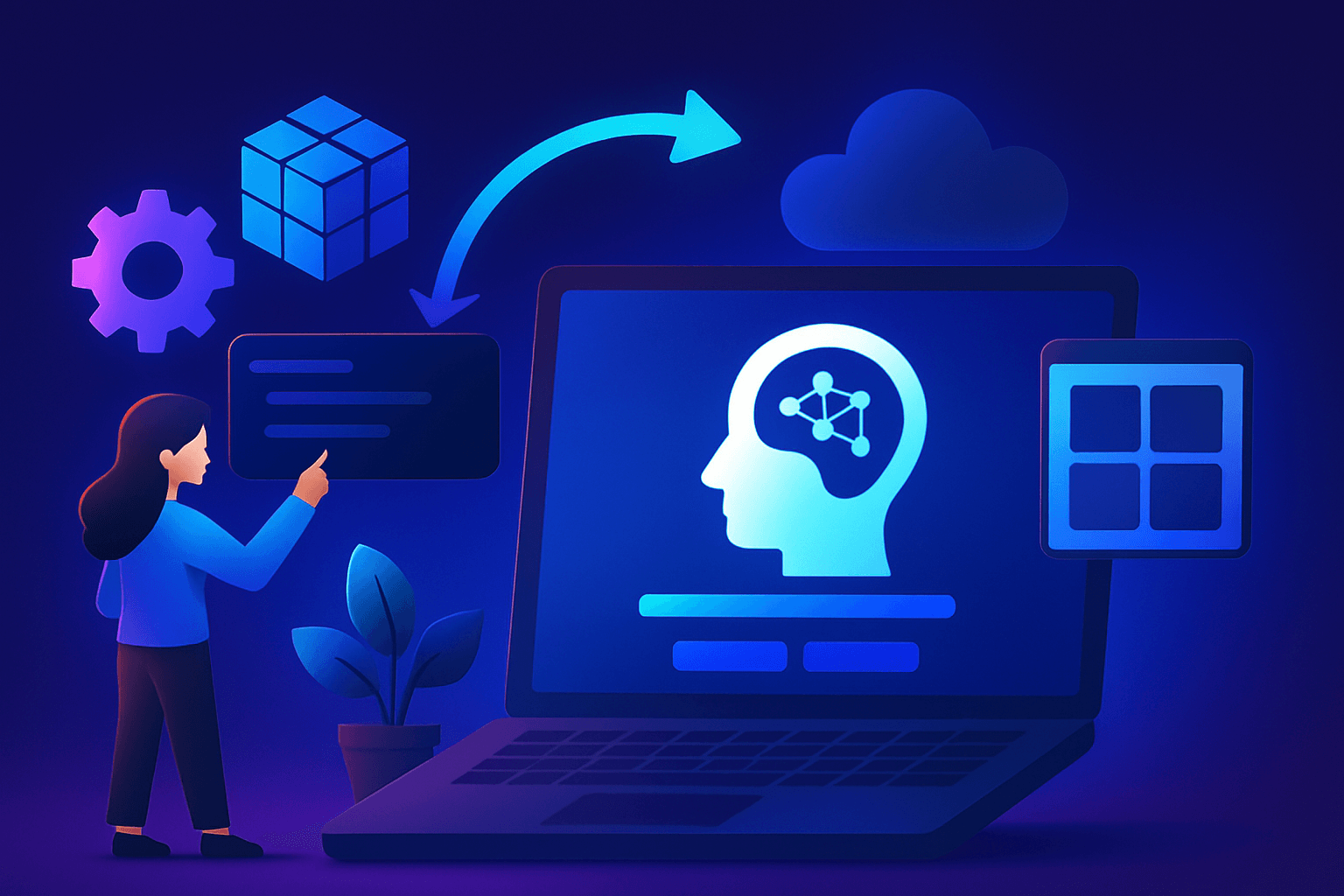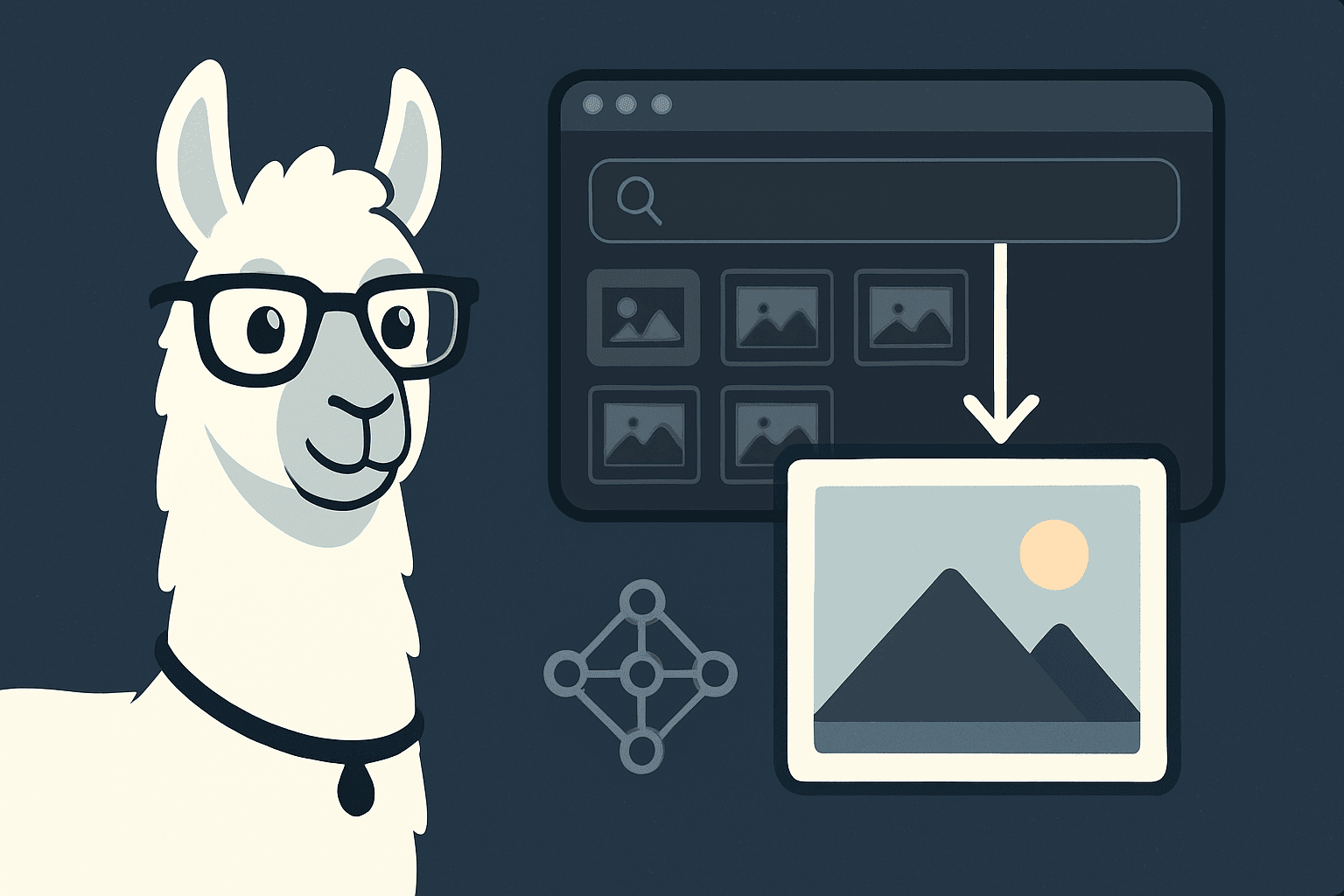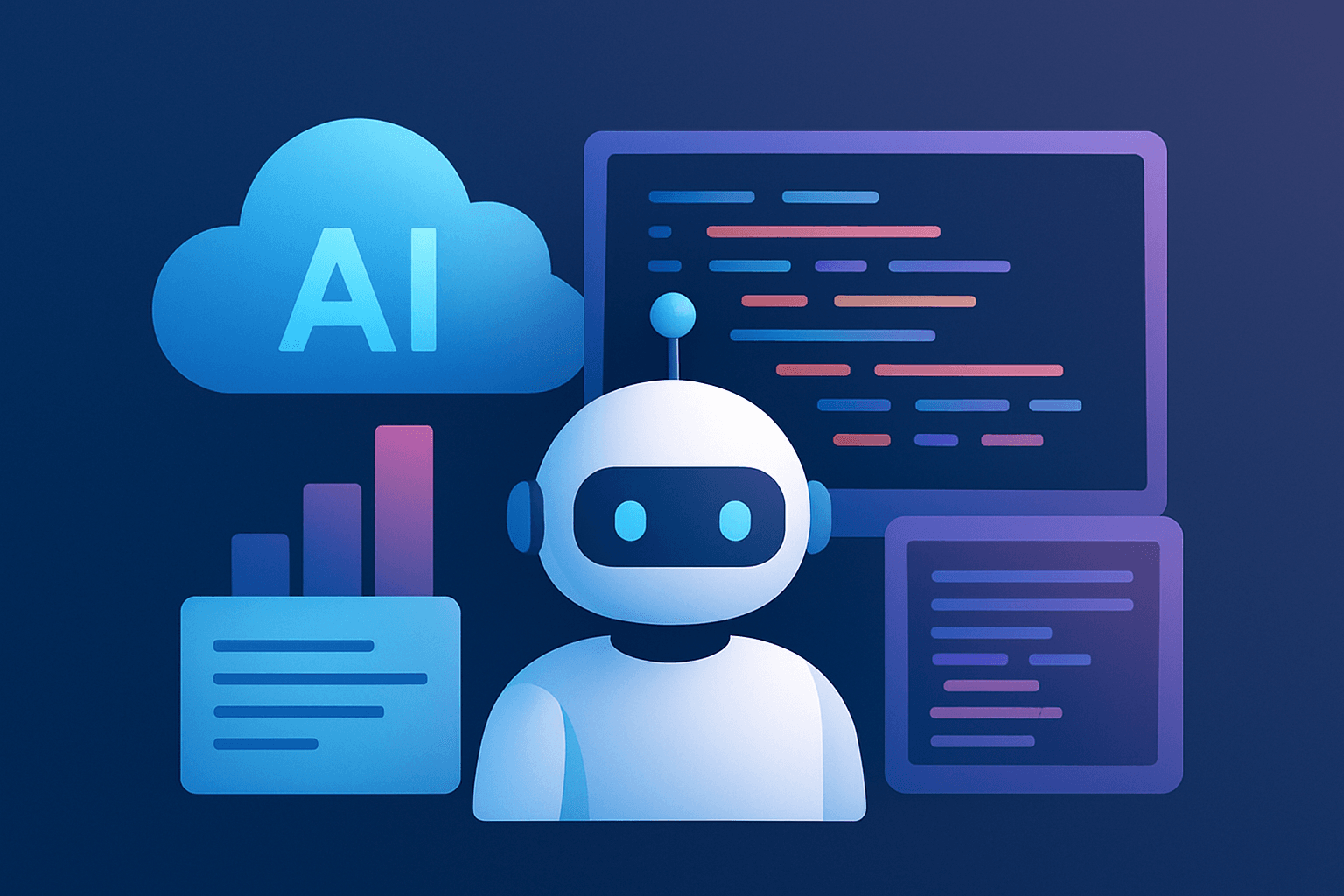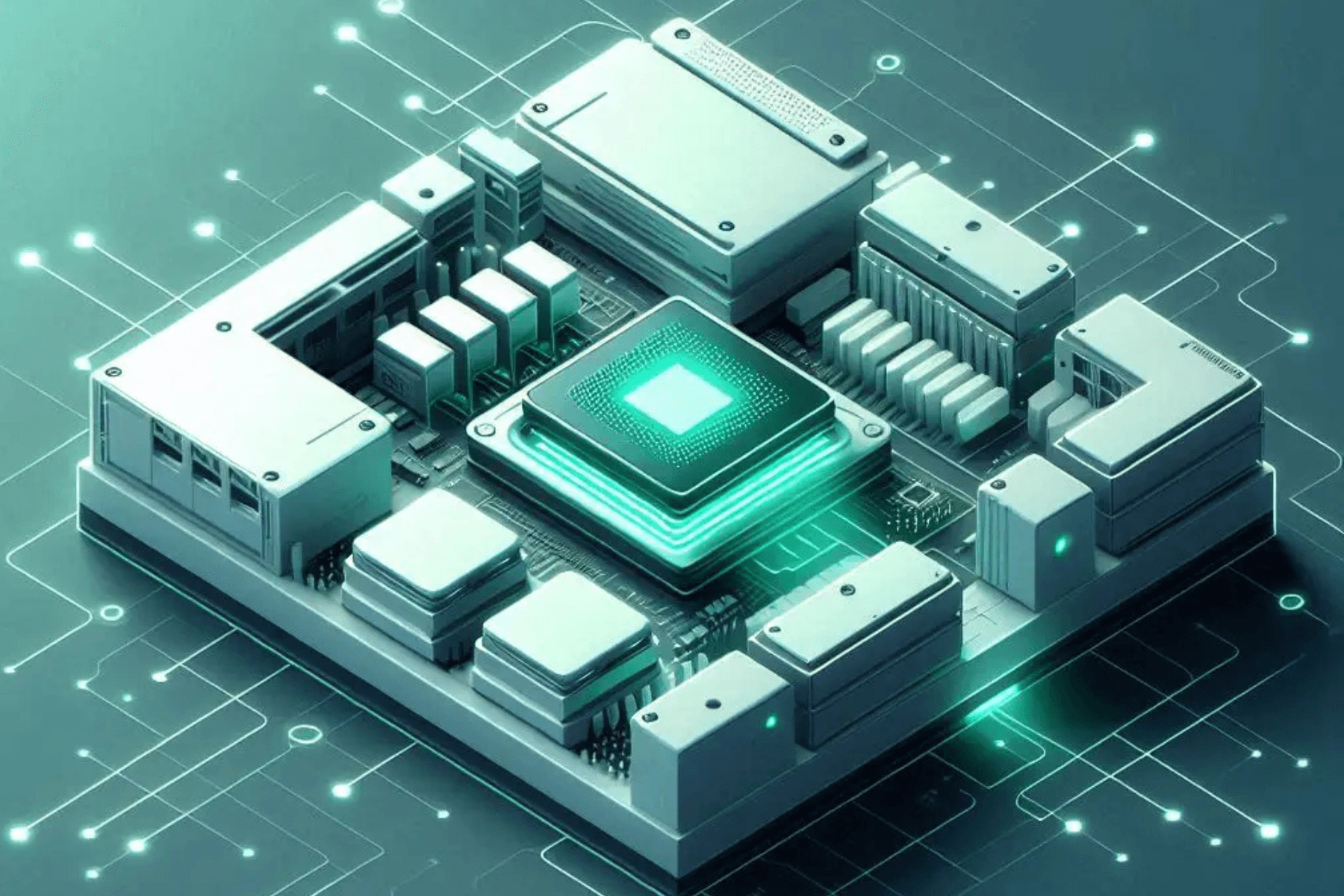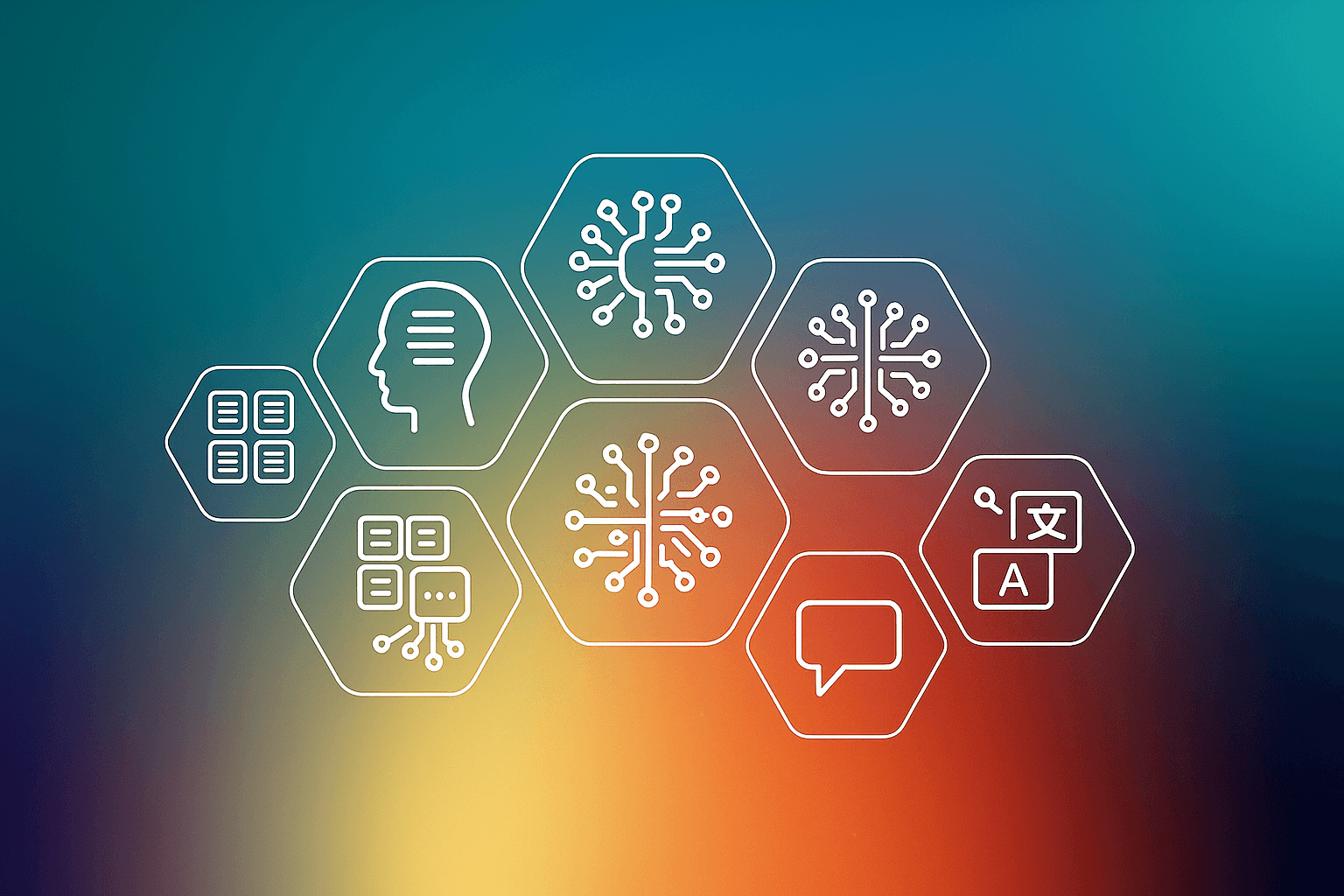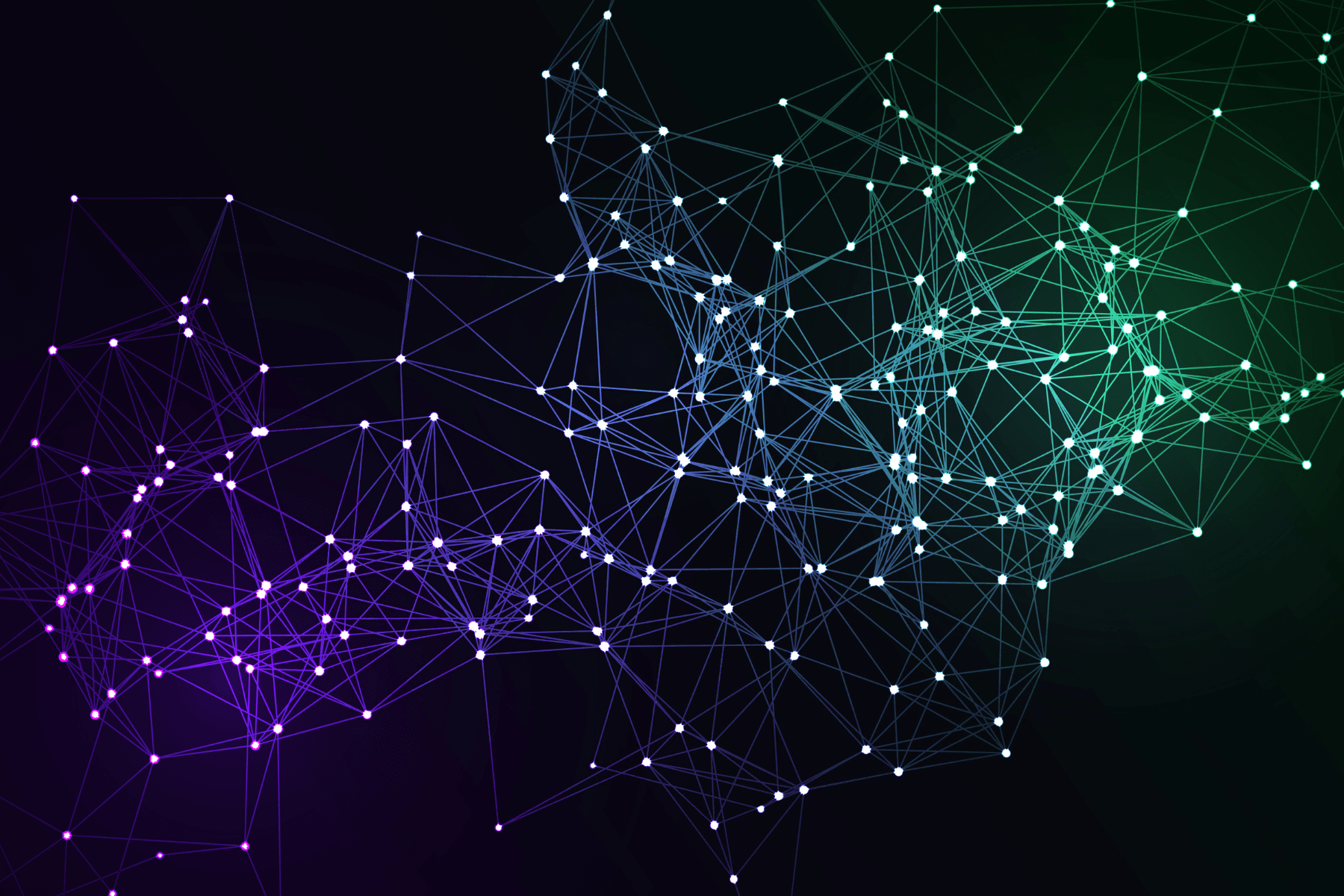Introduction
"Kubernetes opens countless options for scaling and collaboration and aids in more rapid software deployment," The majority of developers now firmly believe in this. In reality, this is what drives the majority of businesses to adopt Kubernetes for use in their development processes. They believe it to be the best choice they can make in light of the current climate of heightened competitiveness, cutting-edge technology, sophisticated development methodologies, and digital transformation.
But they tend to forget that there are a few Kubernetes Traps that developers need to be aware of in addition to its pod-based conceptional magic and overly simplistic manner of working. Kubernetes may otherwise become a deployment nightmare. What exactly are these Kubernetes traps then? We'll read more about these traps to avoid in DevOps in this article in detail. So let’s begin:
Table of contents:
- Planning the toolset in advance
- Managing Kubernetes from the command line (Kubectl)
- Forgetting about resource allocation
- Not keeping developers in a loop
- Trying to boil the ocean
- Choosing the DIY route instead of hiring the right level of expertise
- Error-prone migration to Kubernetes
- Conclusion
- Planning the toolset in advance
The Kubernetes platform includes hundreds of open tool sets, which makes it one of the most difficult Kubernetes pitfalls to avoid. Each tool set comes with its own set of benefits and drawbacks. Therefore, picking the ideal one for product creation can be a little difficult.
The best course of action is to identify your needs and select the toolset that best satisfies them. Avoiding any manual procedures is a prevalent trend you might adhere to when selecting a toolset for developer requirements.
Another thing to remember is to check that the toolset complies with all development criteria. Only when a developer has a full set of automation code for everything from the direct runtime environment to monitoring crucial KPIs, scaling and upgrading the application or service, and defining key parameters to match the application with Kubernetes clusters and pods optimally is the code considered complete.
- Managing Kubernetes from the command line (Kubectl)
At first, Kubernetes seems magical. Kubernetes will launch the application you choose by running a short YAML file. Change the file, then submit it, and presto! Real-time updates will also be made to the application.
It makes sense why developers start to rely on it too early. After all, using Kubectl to explore Kubernetes is really fascinating. But we advise them against becoming overly dependent on it.
The reason for this is that all those YAML files should be stored in a Git repository because Kubernetes is built using the configuration as a code paradigm. Therefore, it will be ideal to make all of the modifications in a repo before putting them into production using an automated workflow.
- Forgetting about resource allocation
Developers may also suffer due to the Kubernetes trap of failing to specify resources like requests and limits for containers while configuring Kubernetes. It is a really significant issue. How would you ensure that the containers you are orchestrating are receiving the CPU and RAM they require without resource allocation?
Resource requests inform the scheduler of the number of resources that an application is likely to use. Kubernetes distributes resources while allocating pods to nodes in a way that successfully satisfies all resource requirements.
Now, Kubernetes will pack all of the pods into a small number of notes if you don't assign any requests. They won't receive the required resources as a result, and the cluster won't scale it up when required.
- Not keeping developers in a loop
Kubernetes has a lot to offer, including solid infrastructure, clean updates, simple scaling, and self-healing services.
Though none of them are top priorities for developers. They give more thought to:
- How to build and run their code?
- How to understand what their code is doing in the development, testing, and integration phase?
- How to find and fix the bugs reported in the QA and production environments?
As a result, developers are entirely excluded from the DevOps process. Developers might rely on code-level visibility, but in these situations, it is frequently subpar, making it nearly impossible to directly access the application and its filesystem. Miscommunications are a common effect of this. In order for developers to understand what their code is doing in the development, staging, and production environments, it is crucial that they have access to the appropriate tools. This is because everyone must see how it benefits them.
- Trying to boil the ocean
Given the exciting capabilities Kubernetes provides, businesses frequently become enthused and attempt to make use of all its advantages. They also overlook the fact that some of these advantages need significant changes to your application's general architecture. Typically, this has a negative impact on finances and prices.
Avoid making this error. It will be challenging to change the architecture as a whole. Don't containerize everything, then. Go the route of smoking meat instead. Proceed slowly. Change the easiest-to-modify portions of the app first, and then work your way up to the trickier tasks.
- Choosing the DIY route instead of hiring the right level of expertise
Kubernetes is not a single application running on a single machine, as many developers like to forget. Instead, it is an ecosystem of several apps and network layers that work together closely to produce the desired outcome (Docker, etc., SDN overlay, Ingress Controllers, LB, Kubelet, Kube-proxy, Kube-Apiserver, etc.). Even just managing Kubernetes, let alone keeping it operational with the software running on top, will call for a certain amount of knowledge.
So, be cautious about who you hire first to avoid falling into these Kubernetes traps. By doing this, you can avoid mistakes and get the most out of Kubernetes.
- Error-prone migration to Kubernetes
Traditional applications might be difficult and time-consuming to migrate to Kubernetes. Companies moving current monolithic applications to microservices hosted on Kubernetes are unable to witness the real-time interactions of every microservice or traditional application because they lack access to the Kubernetes environment.
IT teams could make use of their current skill set, procedures, and tools with a solution that offers one-step installation and unified monitoring through a single pane of glass.
- Conclusion
Kubernetes, also known as k8s, is an open-source system for automating of deployment, scaling, and management of containerized applications. Using Kubernetes to automate software deployment can be complex and daunting. We saw the 7 most common traps one should avoid while using Kubernetes for DevOps processes. businesses should hire an expert who can perform DevOps tasks using Kubernetes effectively.
References:
[2] https://softobiz.com/7-kubernetes-traps-to-avoid-at-any-cost/
[3] https://thenewstack.io/4-common-kubernetes-monitoring-traps-to-avoid/
